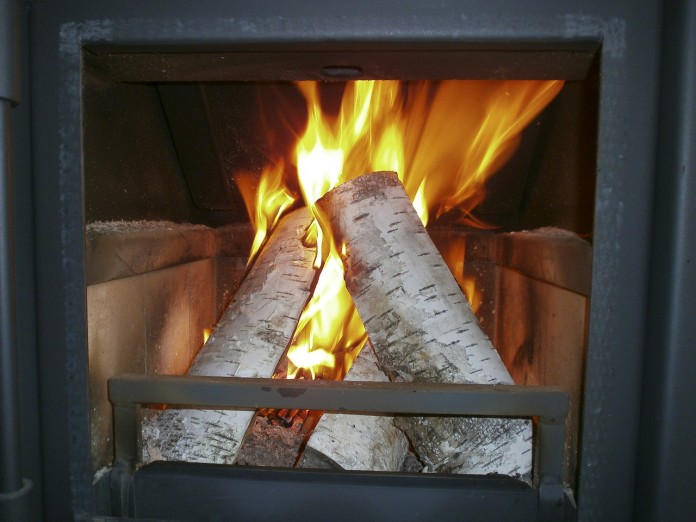Many homeowners, especially in rural areas, opt for wood burner as a supplemental heat source. One reason is to keep heating costs down. Another is that wood an excellent heat source. Even a small stove can have a noticeable impact heating an entire home.
However, there are some best practices to be aware of if you’re going to heat your home with a wood burner for the first time. Learn how to operate and maintain a wood burner to keep it safe and efficient for many years.
Operating a wood burner
Once you’ve selected a quality wood burner and installed it correctly, you want to ensure you’re operating it safely and efficiently.
Incidentally, optimizing a wood burner’s output starts with combustion – the chemical reaction between wood and oxygen.
Incomplete combustion results from an insufficient air supply, insufficient heat or both. Using the guidelines below, you can ensure complete combustion and safe operation of your wood burner.
- A continuous supply of oxygen for the fire and the occupants of the room or area.
- Using the right amount of wood – enough to maintain a chimney flue temperature that prevents creosote buildup without causing overheating.
- Proper burning to avoid wasted fuel and toxic products of combustion such as carbon dioxide.
- Removing unwanted products of combustion – providing a continuous air flow to remove gases while stove is in operation and safely disposing of ashes periodically and in between uses.
- Use seasoned wood with a low moisture content. Burning with seasoned wood speeds up the first stage of combustion when water is expelled and reduces the likelihood of creosote buildup in your wood burner and chimney.
Starting a fire
- Open the damper completely.
- Use paper and kindling to start your fire, spreading it out so that it covers the bottom of the fire box to achieve an evenly burning fire. Never use flammable liquids – gasoline, lighting fluid or kerosene – to start a fire. It is unsafe.
- Hold a lighted roll of paper near the flue opening inside the stove to warm the flue and start it drafting.
- Light the wood and paper that you spread in the bottom of the fire box.
- As the kindling is burning, add larger pieces of seasoned wood to build up a hotter fire. Be careful at first when adding wood to avoid smothering the fire.
- As the fire gets hotter, progressively increase the size of the pieces of wood you’re adding until the fire is stable.
- With the wood burner door closed, use the draft regulator to maintain your desired heat output. Ideal output can only be obtained by trial and error because the moisture content and type (hard or soft) of wood, space being heated, individual preference, outside temperature and wind are variable. You will learn the best setting for your needs with some experience.
Other Notes
- New stoves with cast iron parts need to be seasoned to prevent cracking. You can do this by building small fires the first 2-3 uses.
- Wood burners require annual maintenance to ensure the entire system is operating safely and efficiently. This includes cleaning and checking wood burners, as well as, chimney connectors, joints and flues. Find more information on yearly maintenance by reading How to prepare your wood burner for winter.
Related Content
- How to prepare your wood burner for winter
- How to control pests in firewood
- How to tell when firewood is seasoned
- How to select, store and season firewood
- How to improve your garden soil using wood ash











Wow, I never knew that creosote buildup will most likely to occur if you don’t use a seasoned wood. I think my wood heater got damaged because of this exact same reason. I had no idea that there are various types of wood and that each of them have different effects to my fireplace. Thank you for the information you wrote, I’ll make sure to find a reputable company who can offer me wood heater repair services.